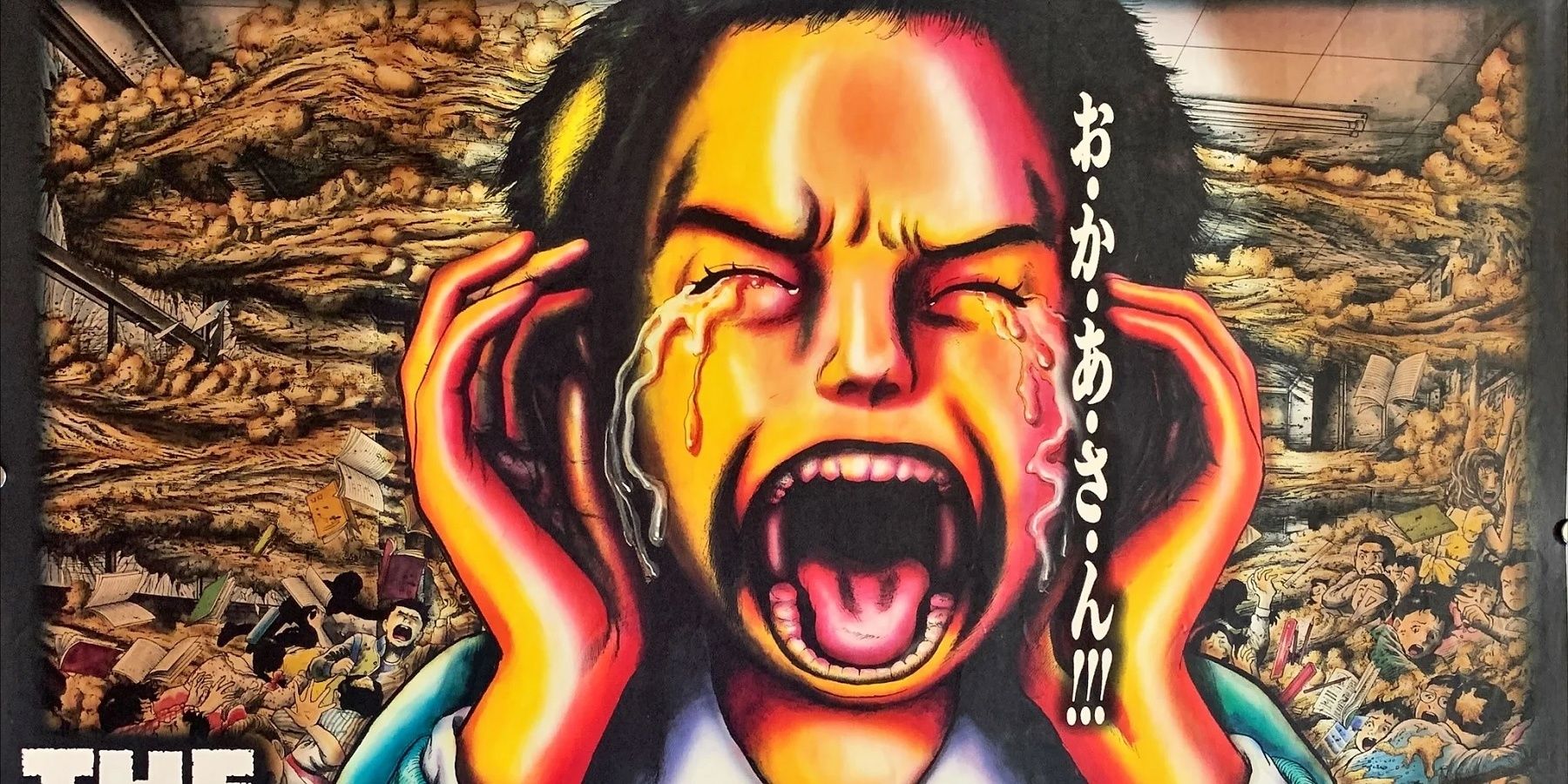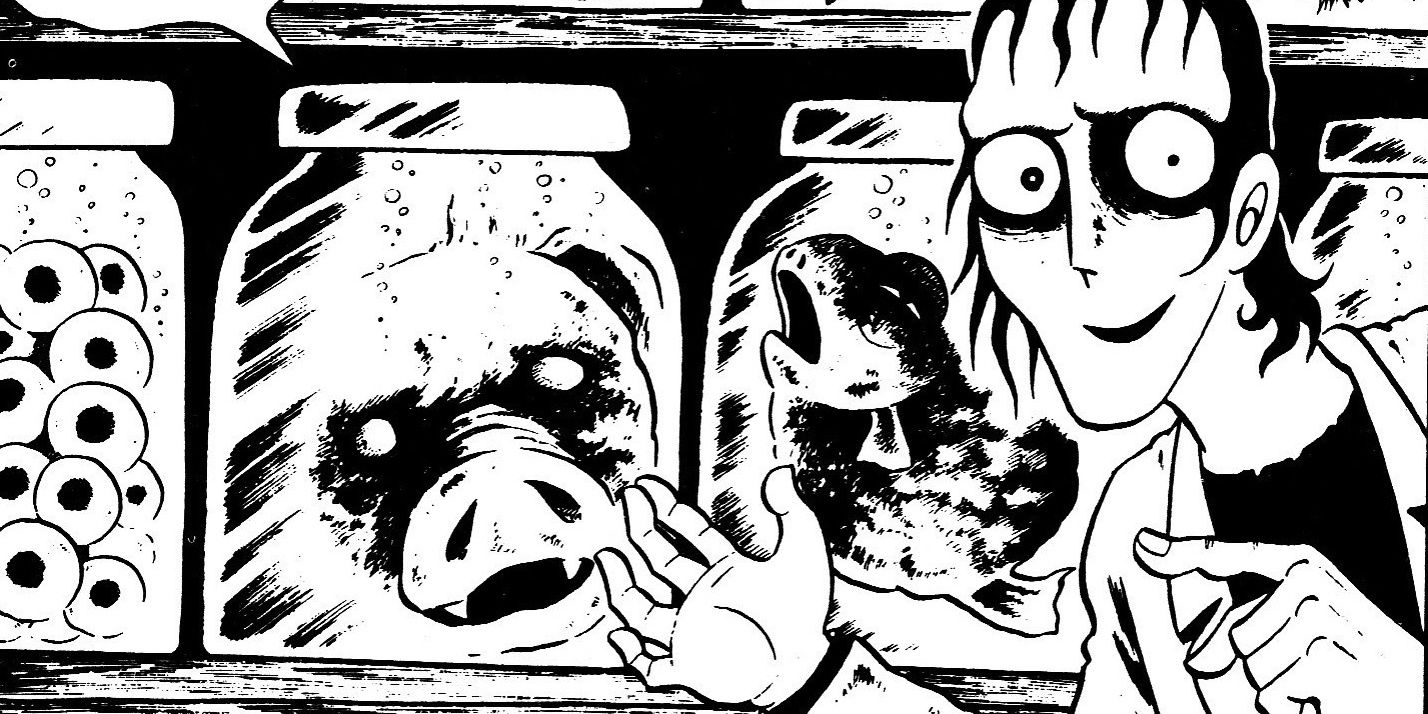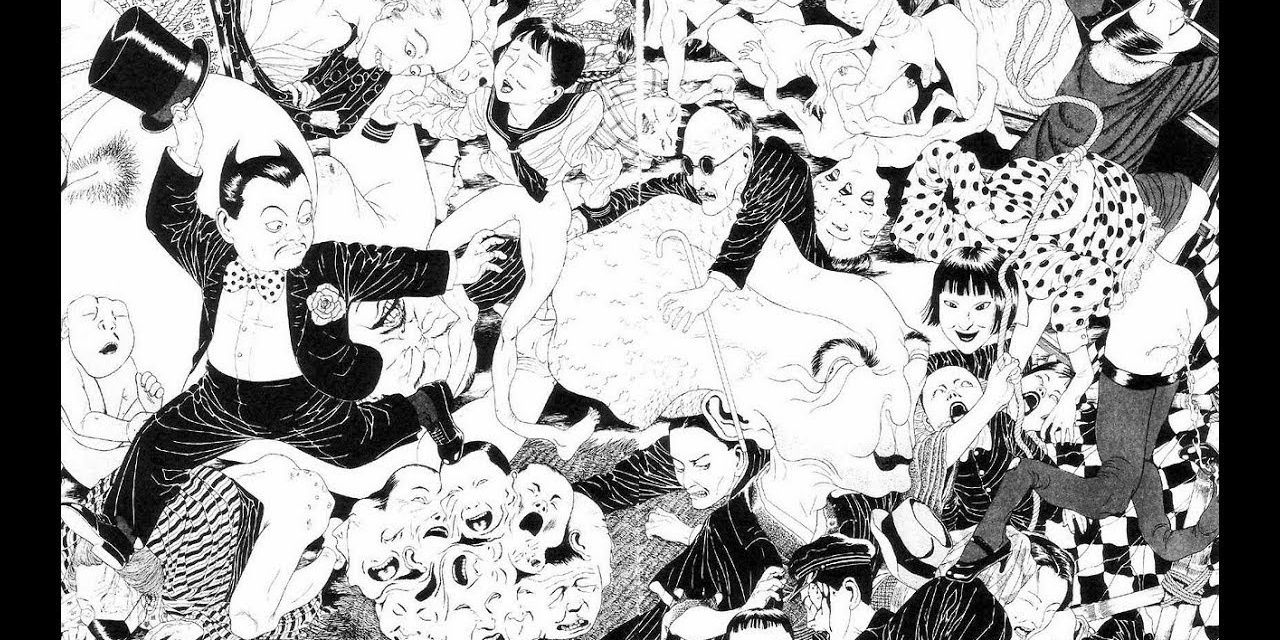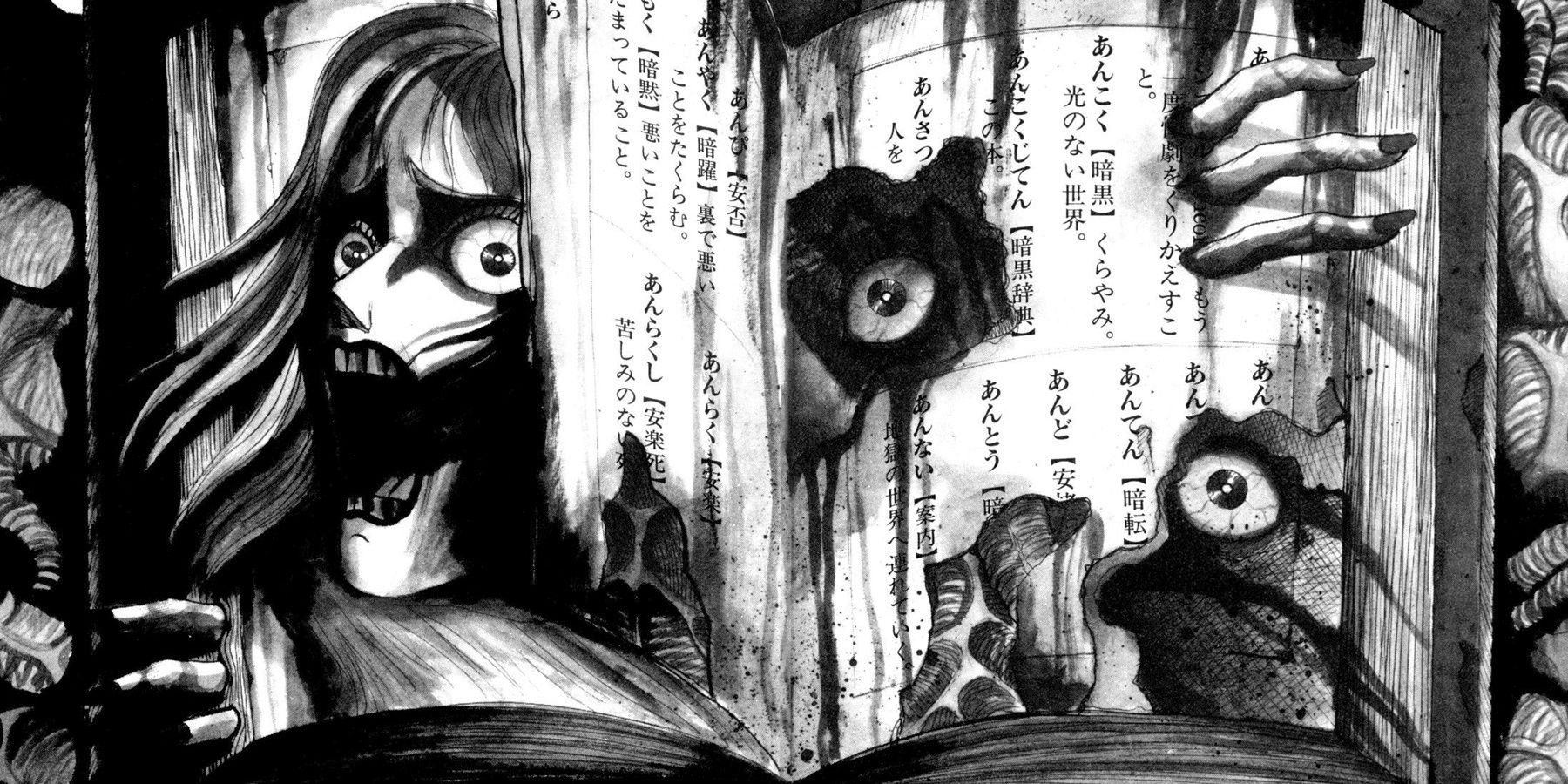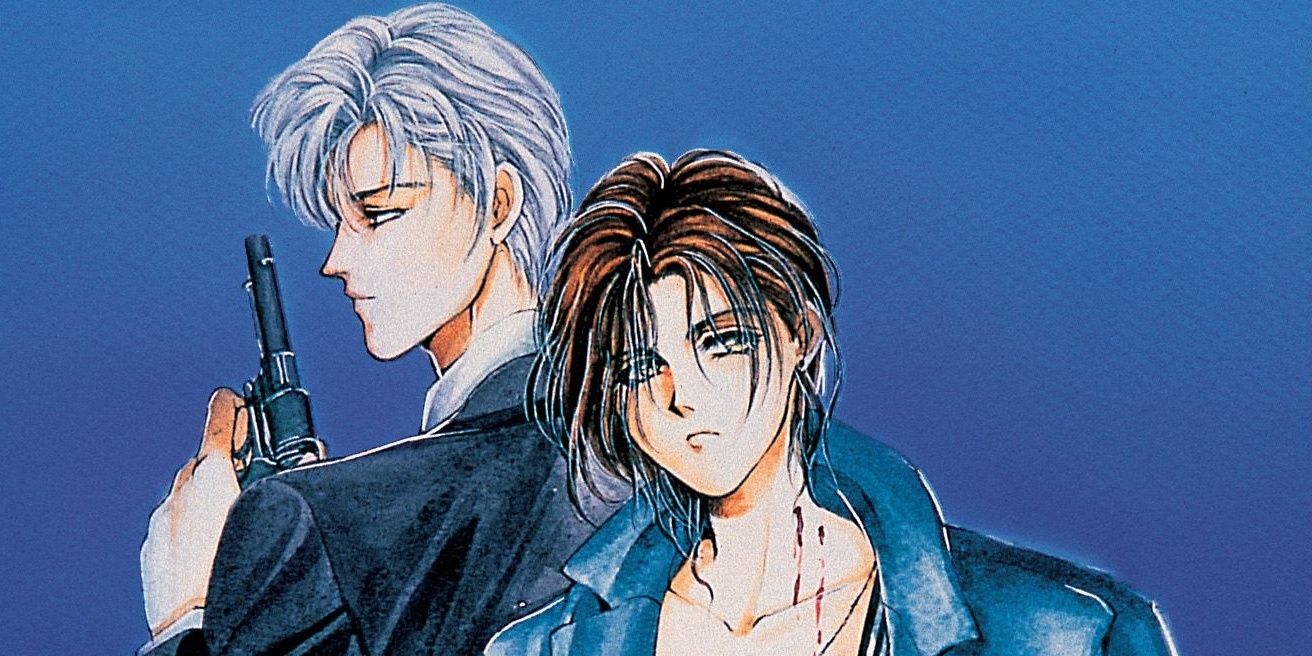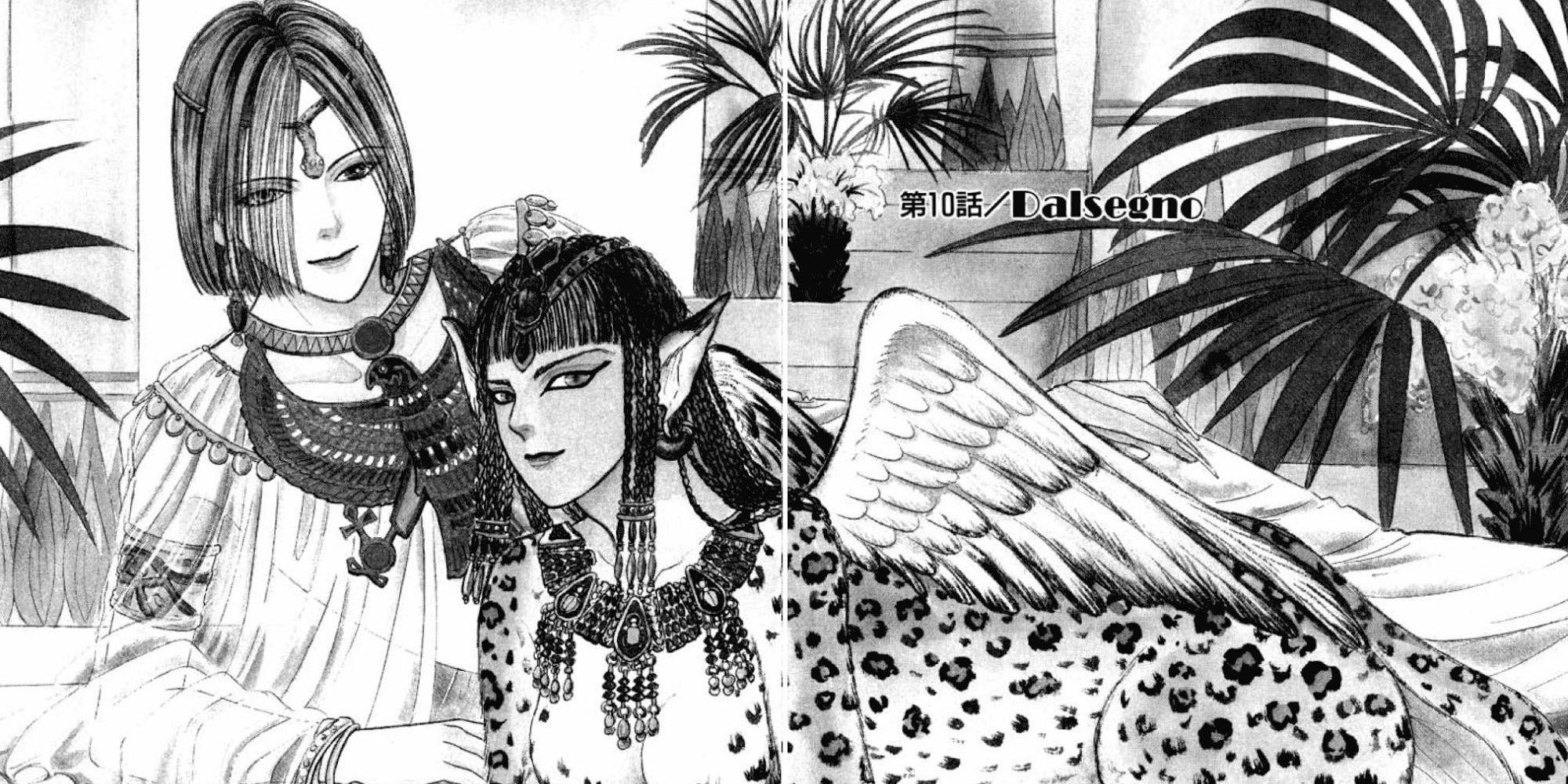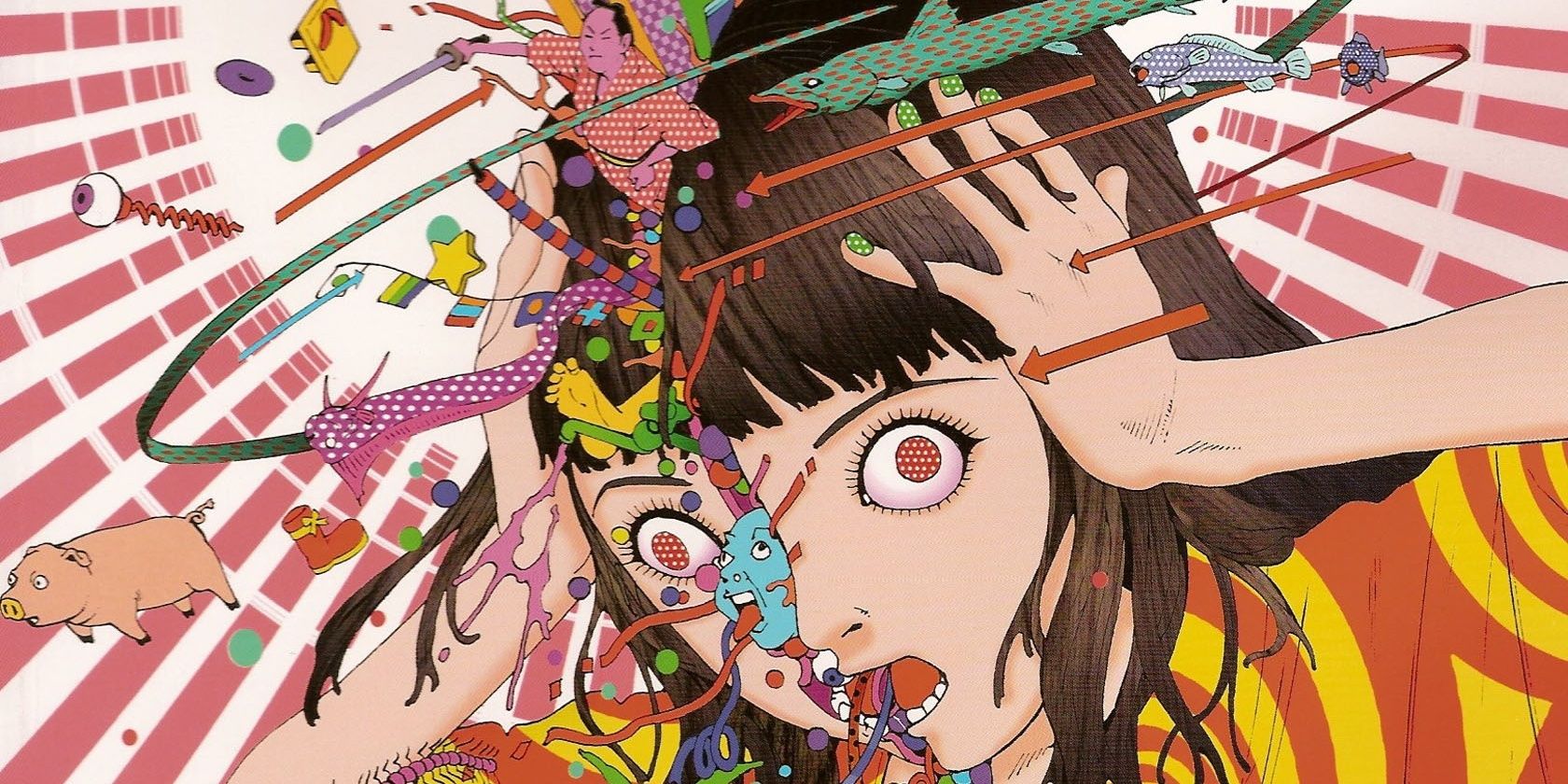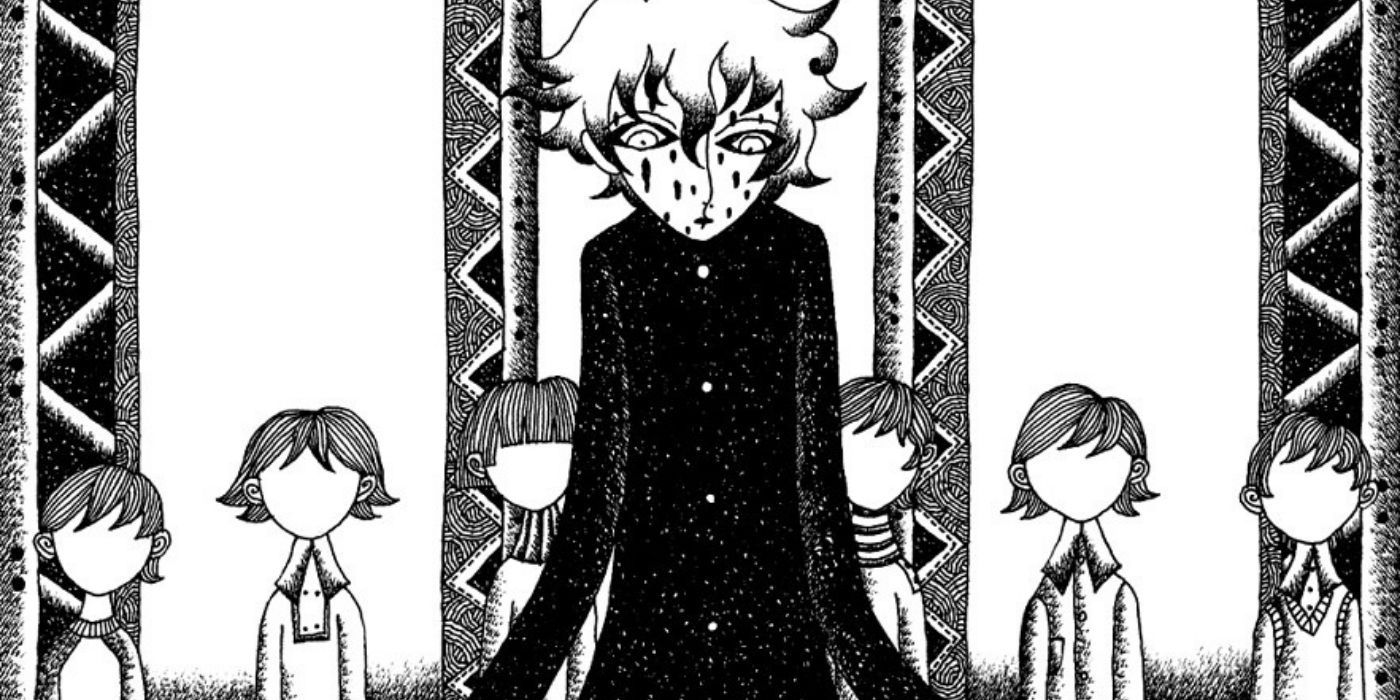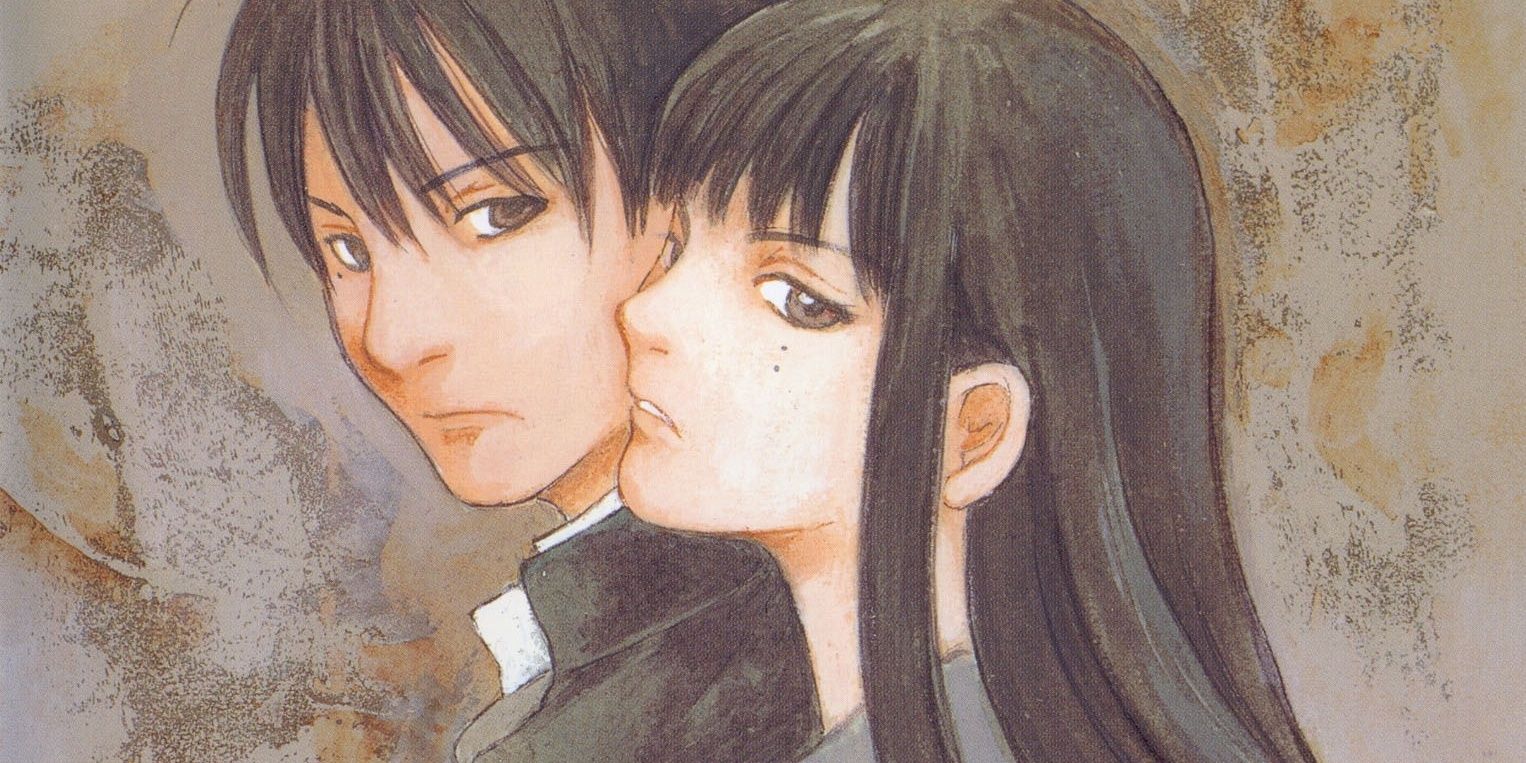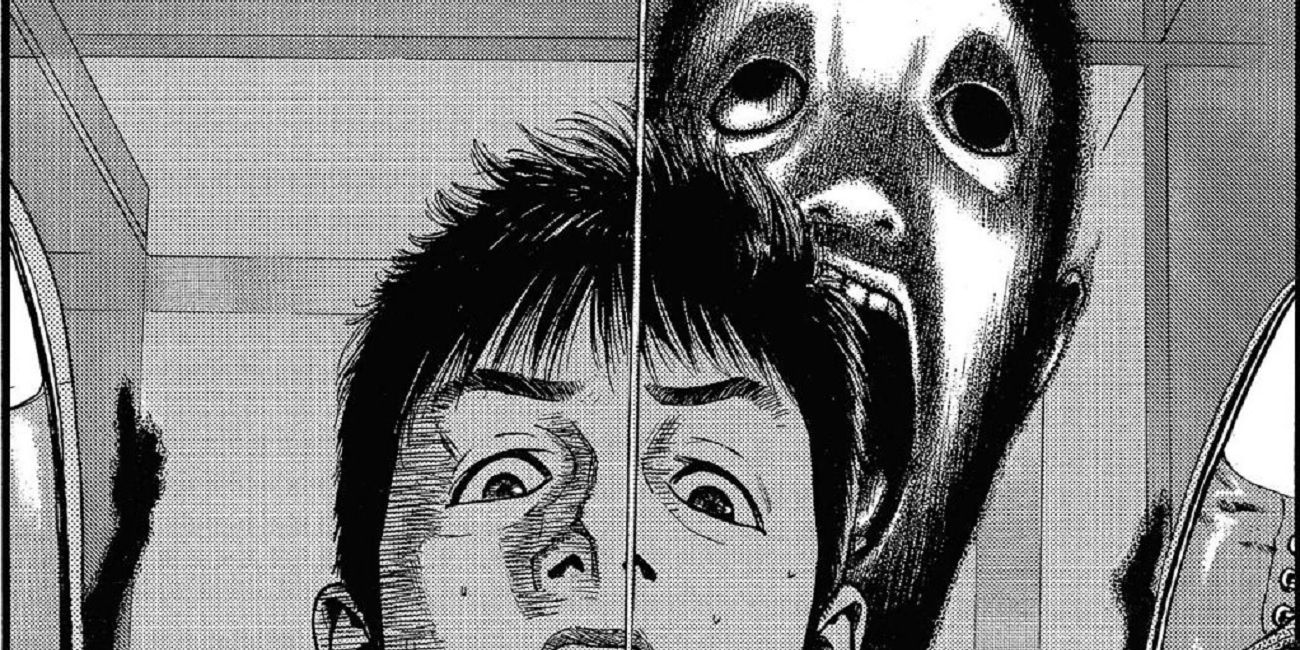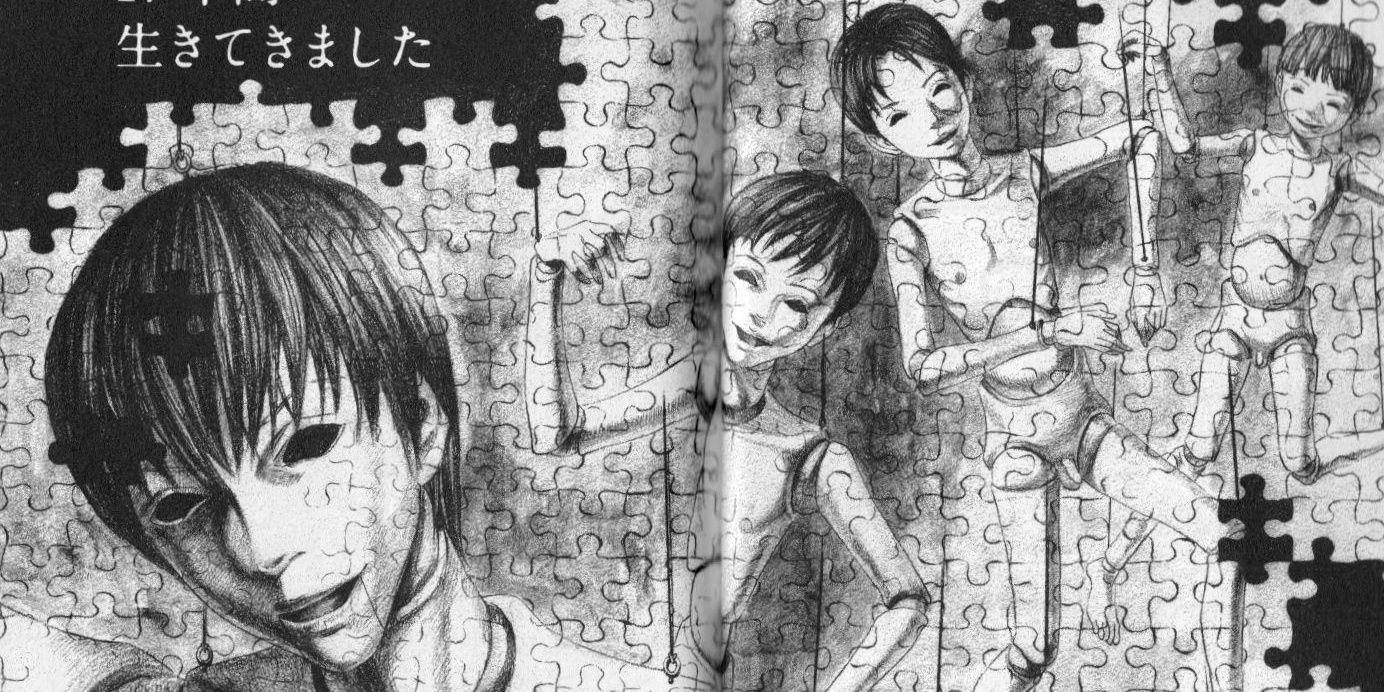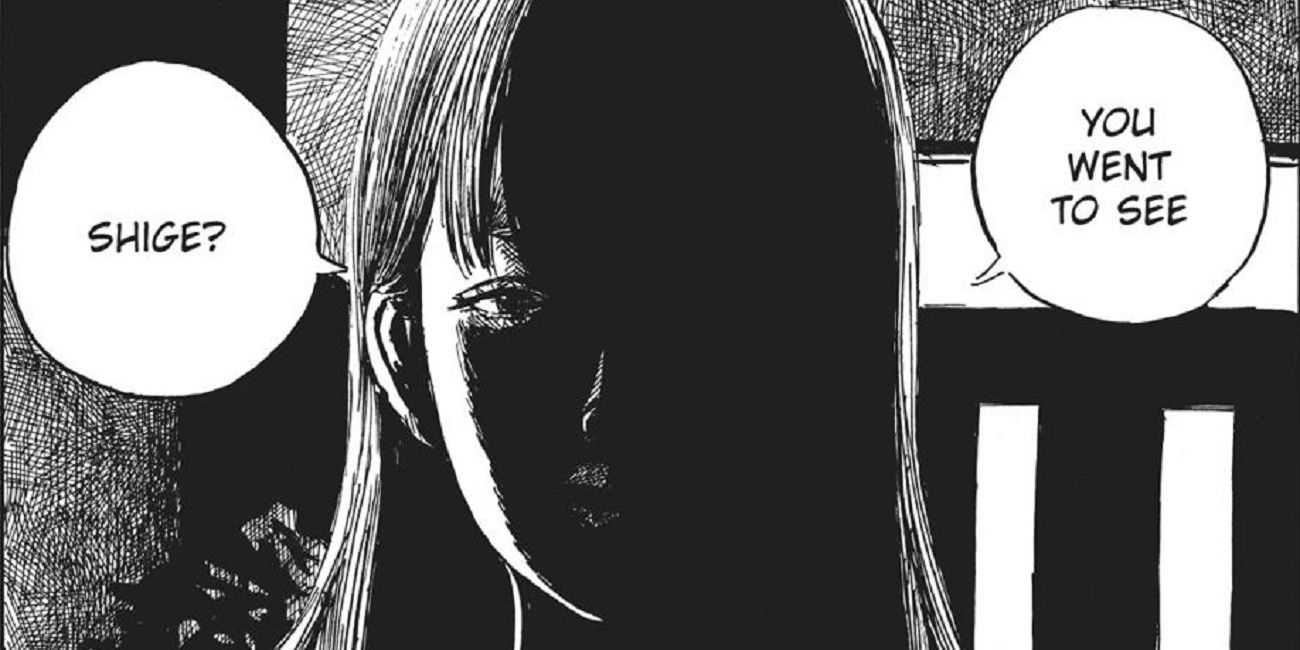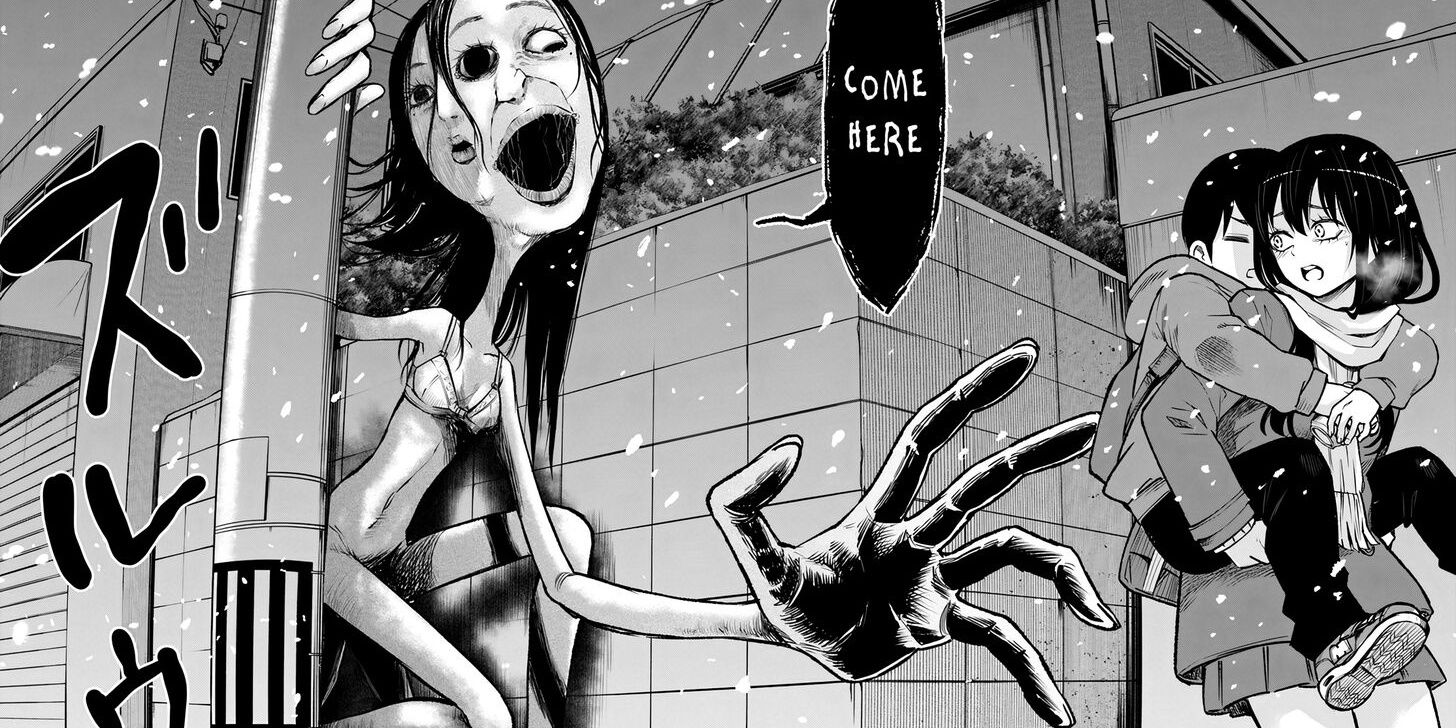Highlights
- Junji Ito is synonymous with horror manga, but there are other artists in the genre whose work rivals or exceeds his in invoking terror.
- Kazuo Umezu, Kaori Yuki, Matsuri Akino, Nishioka Kyōdai, Usamaru Furuya, Shūzō Oshimi, Hideshi Hino, Suehiro Maruo, Shintaro Kago, and Masaaki Nakayama are all notable horror mangaka to explore.
- These artists specialize in different styles of horror, from paranormal and gothic to psychological and gore, offering a diverse range of terrifying stories.
With short stories like The Enigma of Amigara Fault, and longer works like Uzumaki and Hellstar Remina, Junji Ito has become synonymous with horror manga. Anyone who’s gotten into the genre in the past decade or more likely did so via Ito’s work, or inevitably came across it online.
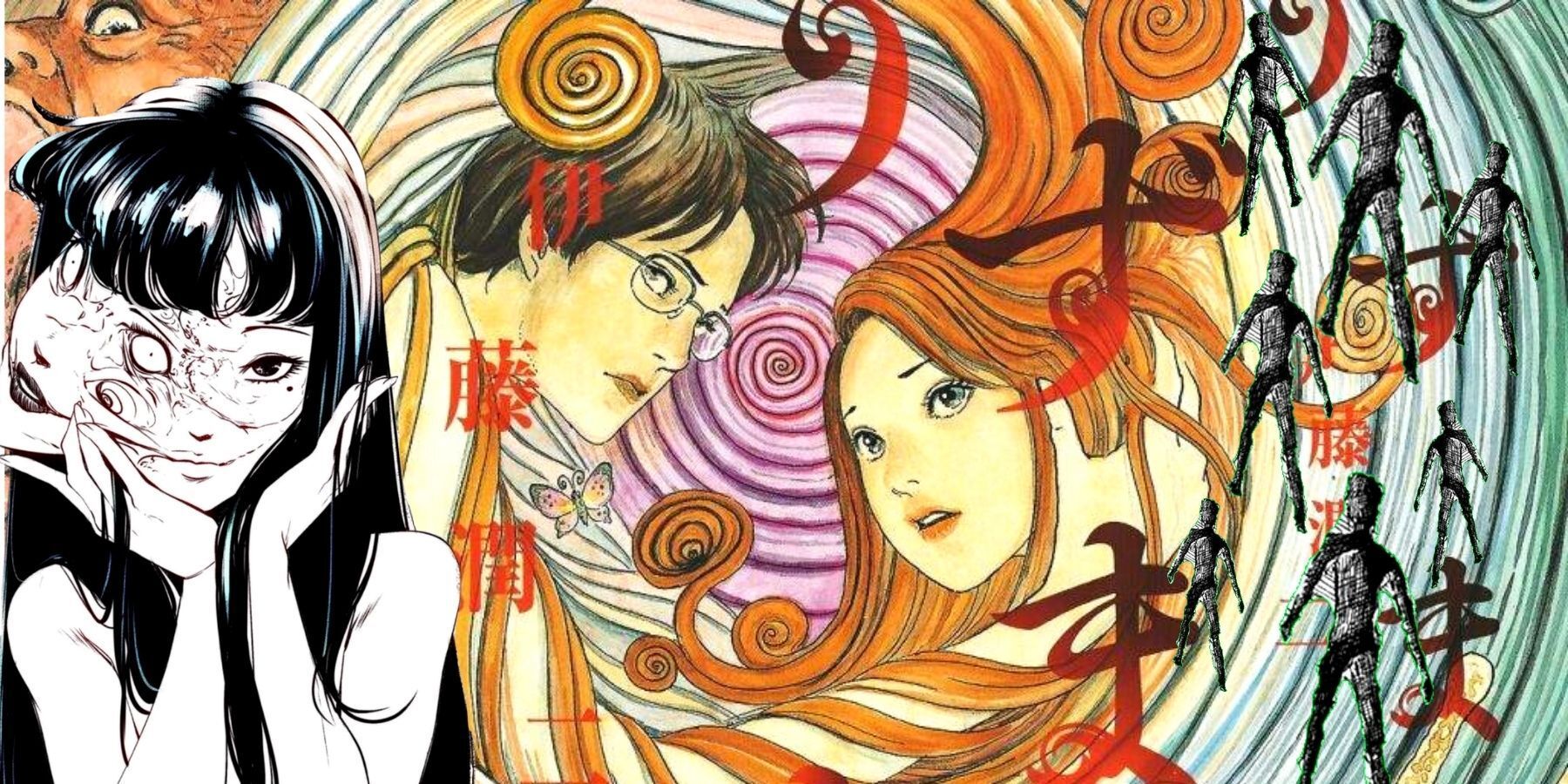
30 Scariest Junji Ito Manga Stories
Junji Ito has crafted some of the most terrifying horror manga ever, and these are his scariest stories.
However, Ito didn’t create horror manga, and he isn’t the only one in the field. As great as he is, there are other artists whose work rivals his in invoking terror and might even exceed it for some. But fear lies in the beholder. If anyone wants to test their nerves, here are some great horror mangaka who aren’t Junji Ito.
Updated on May 6th, 2024, by David Heath: Junji Ito caught on in Japan pretty quickly following his 1987 debut, where he became one of the best horror mangaka in the country. Then, once international publishers (and fan translators) got wind of his stories, his reputation gradually went global. He’s since won Eisner awards, made media appearances for Crunchyroll and Viz Media, and was consulted on a range of projects, like Hideo Kojima and Guillermo Del Toro’s doomed P.T/Silent Hills, which led to his cameo in Death Stranding.
He’s also been open about his influences, like the horror manga pioneers Kazuo Umezu and Hideshi Hino, who are still worthy recommendations for any fan of the genre. But there are still plenty more horror mangaka out there for readers to look up. So, this list has been updated with a few more notable entries, and has been rearranged in chronological order. That way, readers can check out old school stars or modern big-hitters, depending on what they’re in the mood for.
13 Kazuo ‘Umezz’ Umezu
The Godfather Of Horror Manga
- Debut: 1955
- Notable Works: God’s Right Hand, Devil’s Left Hand, Orochi, The Drifting Classroom
Perhaps one of the more obvious alternatives to Ito is the man who inspired him in the first place. Kazuo “Umezz” Umezu practically invented the genre when he began adding paranormal horror elements to his shojo stories. It resulted in his monster tales Reptilia and Nekome no Shojo. His most iconic horror story, The Drifting Classroom, saw a school sent through time to the post-apocalypse, where the students fight to survive Lord of the Flies-style.
Nearly every horror manga today can trace its stark, dark artwork to Umezu’s style, including Ito. He got his start reading Umezu’s Mummy Teacher comics, which eventually led him to submit his debut work, Tomie, for Monthly Halloween magazine’s Kazuo Umezu prize for horror manga. Umezu himself, alongside other judges, deemed it worthy of an honorable mention and ran the story in full in the magazine.
12 Hideshi Hino
Master Of Monstrosities
- Debut: 1967
- Notable Works: Panorama of Hell, Town of Pigs, Hino Horror series
Umezz’s work could get bloody and terrifying, but Hideshi Hino made his name illustrating deformed monsters and out-and-out gore. Whether it’s armed creatures murdering and kidnapping villagers in The Town of Pigs, or an evil demonic twin with a taste for claret in Hell Baby, Hino isn’t one for the squeamish.
His seminal work, Panorama of Hell, even featured an artist painting pictures with his blood in between relating his brutal life story (one loosely based on Hino’s own experiences). Hino made his name with his Hino Horror short stories in the alt-manga magazine Garo. But he’s also dabbled in live-action horror, writing & directing two entries in the infamous Guinea Pig series of torture flicks.
11 Suehiro Maruo
The Ero-Guro Maestro Behind Shojo Tsubaki
- Debut: 1980
- Notable Works: Shojo Tsubaki, The Laughing Vampire, The Strange Tale of Panorama Island
Rivaling Hino is his fellow Garo-published artist Suehiro Maruo. While Hino reveled in blood, Maruo combined it with more adult content to become one of the first artists behind the revival of the “ero-guro” (erotic-grotesque) movement. His work, from his stories to his novel and album cover commissions, combined gore with suggestive figures to put it mildly.
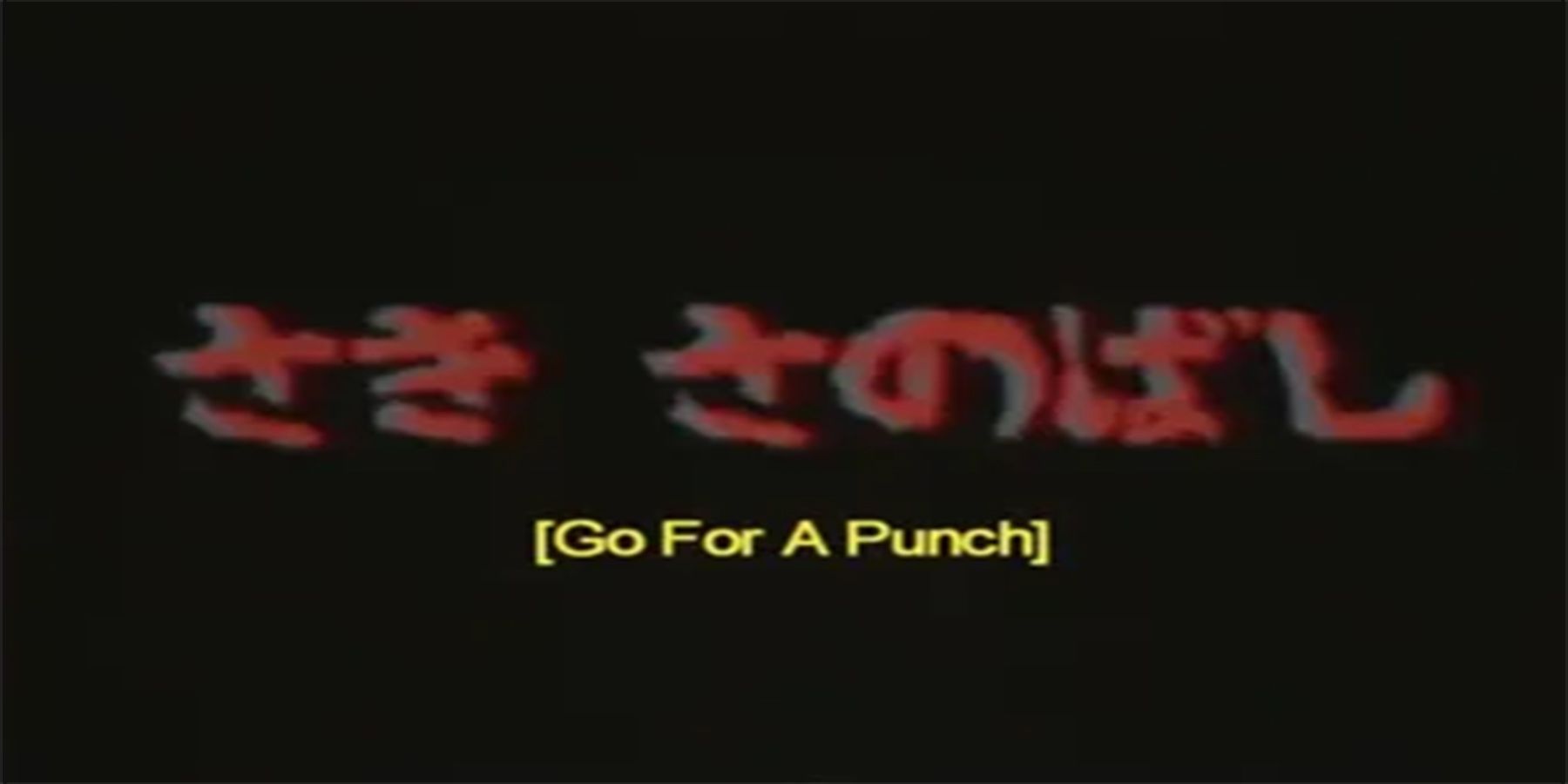
The Legendary 80s Anime That Probably Doesn’t Exist
Saki Sanobashi: Go for a Punch, an internet urban legend that has enticed many internet users throughout the years. But what is it exactly?
The most notorious of which was Shojo Tsubaki, aka Mr. Arashi’s Amazing Freak Show, a story about a young girl who’s taken in by the circus when she’s left orphaned. It managed to get an anime adaptation called Midori, which was banned worldwide (bar a DVD release in France) for its depictions of physical and psychological abuse. However, he did take a break from gore to adapt the suspense mystery The Strange Tale of Panorama Island, showing how his art could be pretty while still being terrifying.
10 Ochazukenori
Murder And Death For The Josei Crowd
- Debut: 1984
- Notable Works: Zangekikan, Ankoku Jiten, Fear Infection
If Hino and Umezz made horror for shojo magazine readers, what would horror for their older josei counterparts look like? It depends on the artist, but one of the most famous examples is Ochazukenori (an alias taken from a rice dish). His explicitly gory stories rival Hino’s, with Zangekikan containing a range of short stories covering parasitic infections and water demons, to Ankoku Jiten‘s killer bees and cursed books.
His art leaned closer to Hino’s crude ghastliness than Ito and Maruo’s more refined figures, which were enough to make him a cult favorite among horror fans in Japan. Much like Ito, his stories could take unusual premises and make them horrifying. For example, Zangekikan‘s ‘The Mystery of the Vanishing Heads’ is akin to Ito’s ‘The Hanging Balloons,’ in that both tales involve inexplicable forces going after the innocent via their heads.
9 Kaori Yuki
Gothic Shojo Style
- Debut: 1987
- Notable Works: Earl Cain, Angel Sanctuary, Boy’s Next Door
Some fans might be surprised that iconic horror mangaka like Umezz and Hino either started in shojo comics or made a name for themselves in the genre. It just shows that women have liked horror of different varieties for decades. But if their more blatant monstrosities seem like a rather blunt take on horror for readers, they might find the skin-crawling work of Kaori Yuki more their speed.
Her specialty is gothic horror, making readers dread her story’s outcome rather than focusing on the page turn like Ito. For example, her Cain Saga sees its titular character deal with family drama on top of zombies, spiders, and torture. Her most notorious work is Angel Sanctuary, where its lead is caught at the heart of a battle between angels and demons, alongside handling a doomed romance.
8 Matsuri Akino
Urbane Modern Horror
- Debut: 1988
- Notable Works: Reiken Shōhō Kabushikigaisha, Pet Shop of Horrors
Yuki and Umezu brought horror to shojo readers, but Matsuri Akino’s work was aimed toward the older josei crowd. Her breakout work, Reiken Shōhō Kabushikigaisha (“Psychic Business Corporation”), saw a substitute science teacher deal with the spirit world and whatever they’d inhabit.
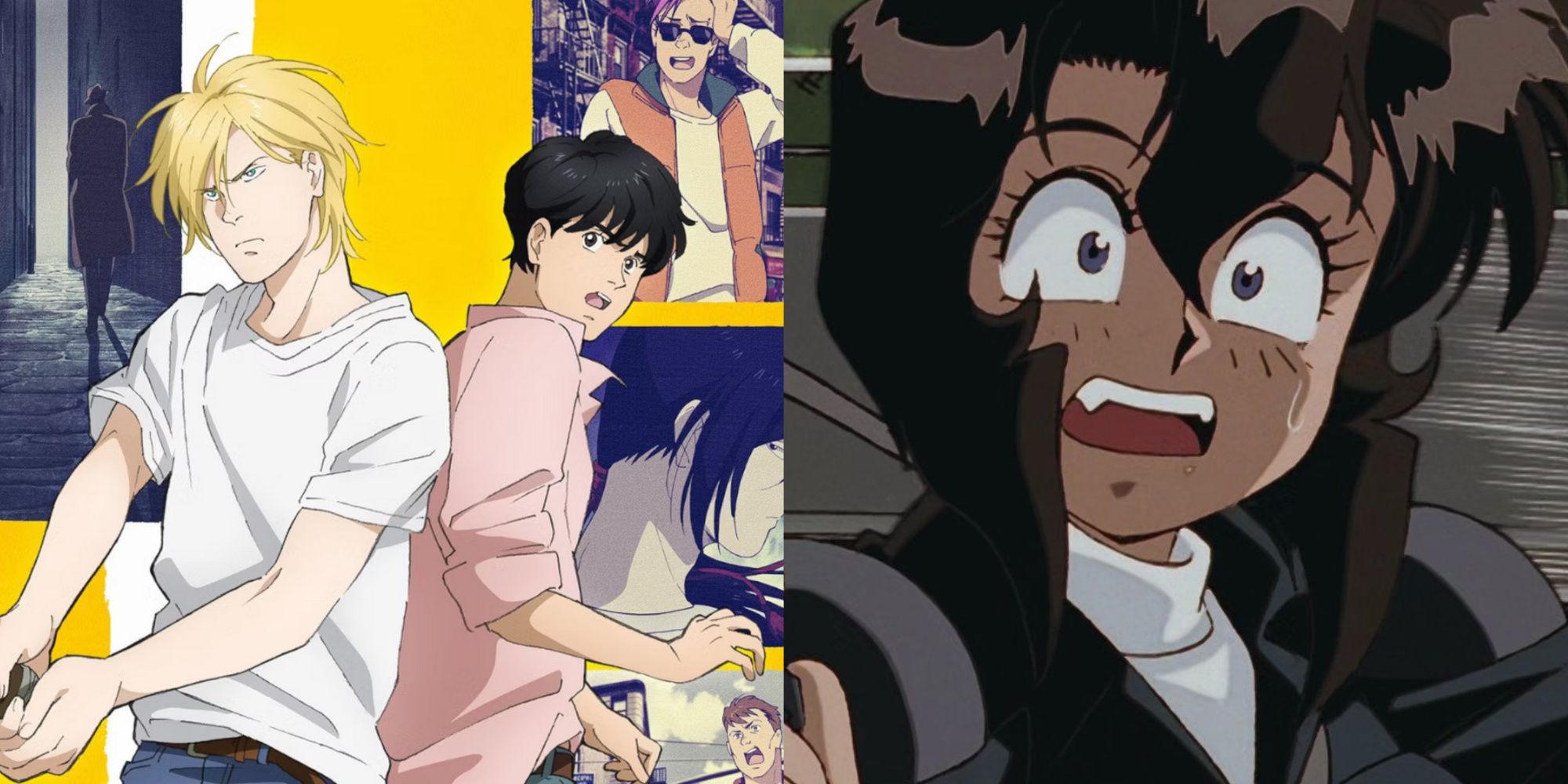
10 Anime That Take Place In The US
Although a lot of anime tends to take place either in Japan or in a fantasy setting, these examples take their narratives to the United States.
She brought this combination of horror and mystery back for her most famous work, Pet Shop of Horrors, where the store’s owner, Count D, sells rare pets to people, provided they stick to their contract. They each come with three conditions, and if they’re broken, the consequences can be dire. Aside from the alluring, expressive artwork, Akino has a knack for debonair dialogue that adds some dark humor to the horror too.
7 Shintaro Kago
Brutal Body Horror With A Satirical Edge
- Debut: 1988
- Notable Works: Fraction, Dementia 21
The ero-guro field is a busier one than people would think, as while Maruo is one of its more notorious artists, the most famous is Shintaro Kago. His use of extreme brutality, sexuality, and body modification express his satirical takes on Japanese politics and society on top of getting shocks out of people.
For example, Fraction sees a serial killer called “The Slicing Devil” deal with a copycat killer, where Kago himself appears as a character to inform the reader about how manga are made. Dementia 21 pushes care worker Yukie to the brink with bizarre tests as everything at her workplace is automated. Then A Lot of Sweets Jammed in the Head of a Girl is an art book featuring gut-quivering sights of depravity, like someone’s head being literally stuffed with candy.
6 Nishioka Kyōdai
The Siblings Of Shock
- Debut: 1989
- Notable Works: Journey to the End of the World, Kafka, God’s Child
While most of the entries are single artists, the Nishoka Kyōdai is actually a duo. Satoru and Chiaki Nishioka got into the manga business in 1989 with Boku Mushi, an anthology of short stories that featured serial killers, bird women, and a man who developed a kangaroo-like pouch. Their work plays out like dark twists on fairy tales, with grim but whimsical artwork to match.
They especially shine in Journey to the End of the World, where a man bored with his life goes on a journey to leave it behind, only to find sights that show him how sick the world truly is. God’s Child continues the psychological horror as a sociopathic child seeks to avenge his mother’s fate.
5 Kei Tōme
Combining Horror And Drama With Aplomb
- Debut: 1992
- Notable Works: Lament of the Lamb, The Hour of the Mice
Unlike Hino, Ito, etc., Kei Tōme isn’t strictly a horror mangaka. She has dabbled in a variety of genres, from her historical samurai strip Kurogane to the coming-of-age tale Sing “Yesterday” For Me. But her knack for dramatic storytelling has worked in her horror stories well, with Lament of the Lamb acting as a more grounded take on Kaori Yuki’s Cain Saga and Angel Sanctuary.
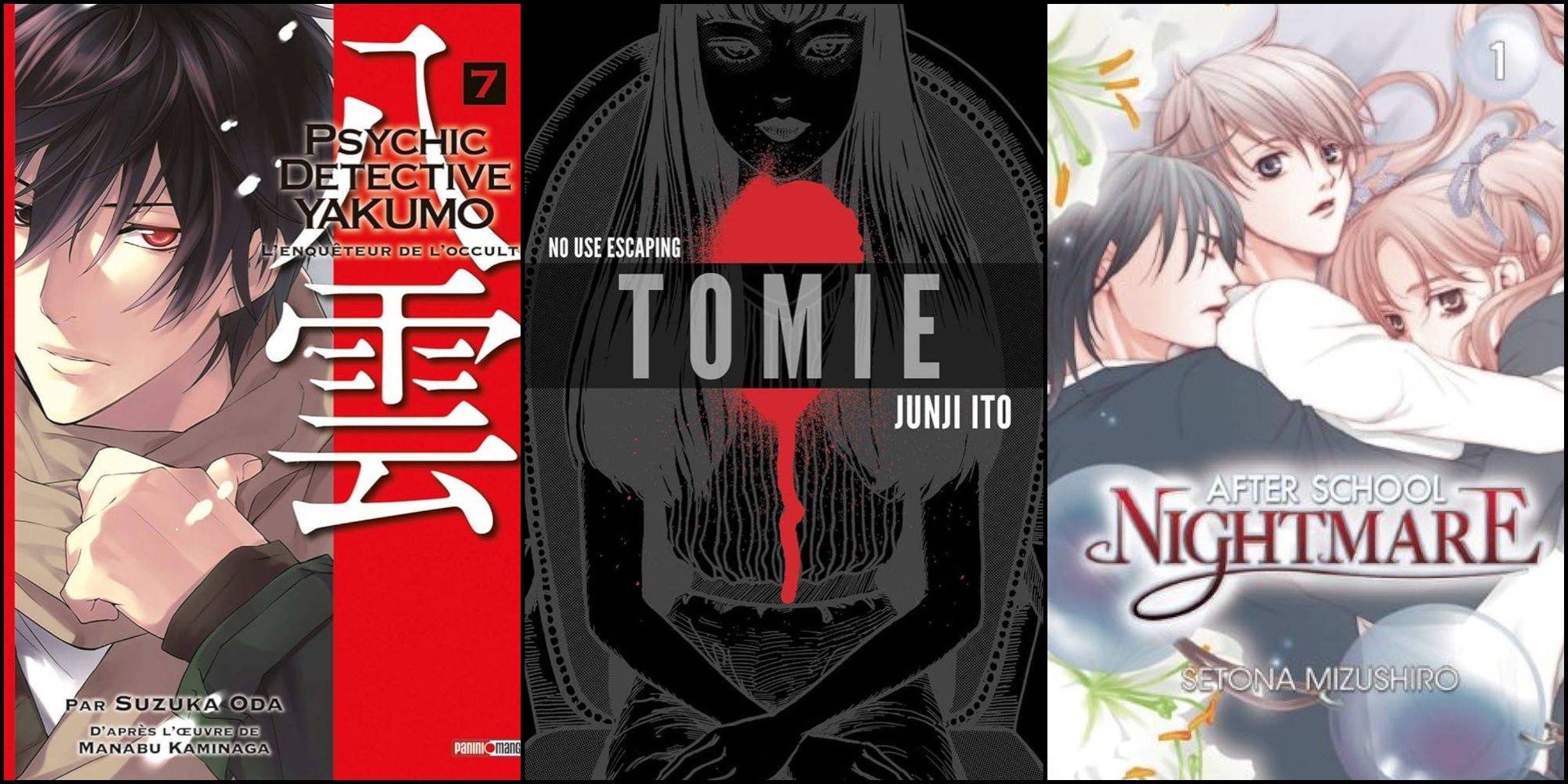
10 Best Shojo Horror Manga
Fans in the mood for spine-chilling shojo manga can’t go wrong with the following horror titles.
Like Cain Saga, it follows a young man, Kazuna, who turns out to be a vampire. Then, like Angel Sanctuary, he’s in a cursed romance born out of isolation and his supernatural status. Unique to Lament of the Lamb, it treats vampirism like a disease or a condition Kazuna and his estranged sister Chizuna have to adjust to, along with coming to terms with their parents’ deaths. It’s a good story for readers who fancy a more grounded, melancholy kind of horror.
4 Masaaki Nakayama
Making The Natural Unnatural
- Debut: 1994
- Notable Works: Seeds of Anxiety, PTSD Radio
While googling Masaaki Nakayama’s name won’t bring up the kind of gore Kago, Maruo, or Hino’s names would, the results would still likely keep viewers up late at night. After making his name with crime stories like Toppamono Taiyouden, he used his sharp skills and realistic art style to freak readers out with a combination of deformed figures straight out of the uncanny valley, and unsettling framing.
The freakiest examples of his skill usually come from Seeds of Anxiety, his collection of short stories that feature ghosts and other supernatural phenomena. They also turn up in PTSD Radio, a similar collection where the fates of its characters are connected by Ogushi, a malevolent spirit that resides in human hair. While Seeds of Anxiety occasionally gets new volumes, Nakayama put PTSD Radio on indefinite hiatus after, on top of health issues, its horror became all too real for him.
3 Usamaru Furuya
Taking Horror In A Surreal Direction
- Debut: 1994
- Notable Works: Lychee Light Club, Suicide Circle, No Longer Human
While every artist here, and in general, has their differences, Usamaru Furuya’s work might be the closest in comparison to Ito’s work. The two are often brought up together as counterparts to each other. Which is interesting as Usamaru originally made comedies like Palepoli. But its supernatural subjects and psychological shivers would be developed further as he got more into horror.
For example, Plastic Girl saw him depict a young girl’s entry into adolescence as a violent, bloody affair. Lychee Light Club has the titular club create an AI-driven robot that kidnaps girls for them. Most interestingly, he adapted the 1948 horror novel No Longer Human eight years before Ito himself gave it a go in 2017. So, readers can compare and contrast the two artists’ different approaches to the same tale of one man’s fall from grace.
2 Shūzō Oshimi
The Modern Master Of Psychological Horror
- Debut: 2001
- Notable Works: The Flowers of Evil, Blood on the Tracks, Happiness
There’s no shortage of great horror mangaka, but Shūzō Oshimi is arguably one of the best if not at the top of the tree. Even if the name isn’t familiar, readers may recognize works like The Flowers of Evil, and Blood on the Tracks, popularized by media critic John ‘Super Eyepatch Wolf’ Walsh as “the manga that breaks people.”
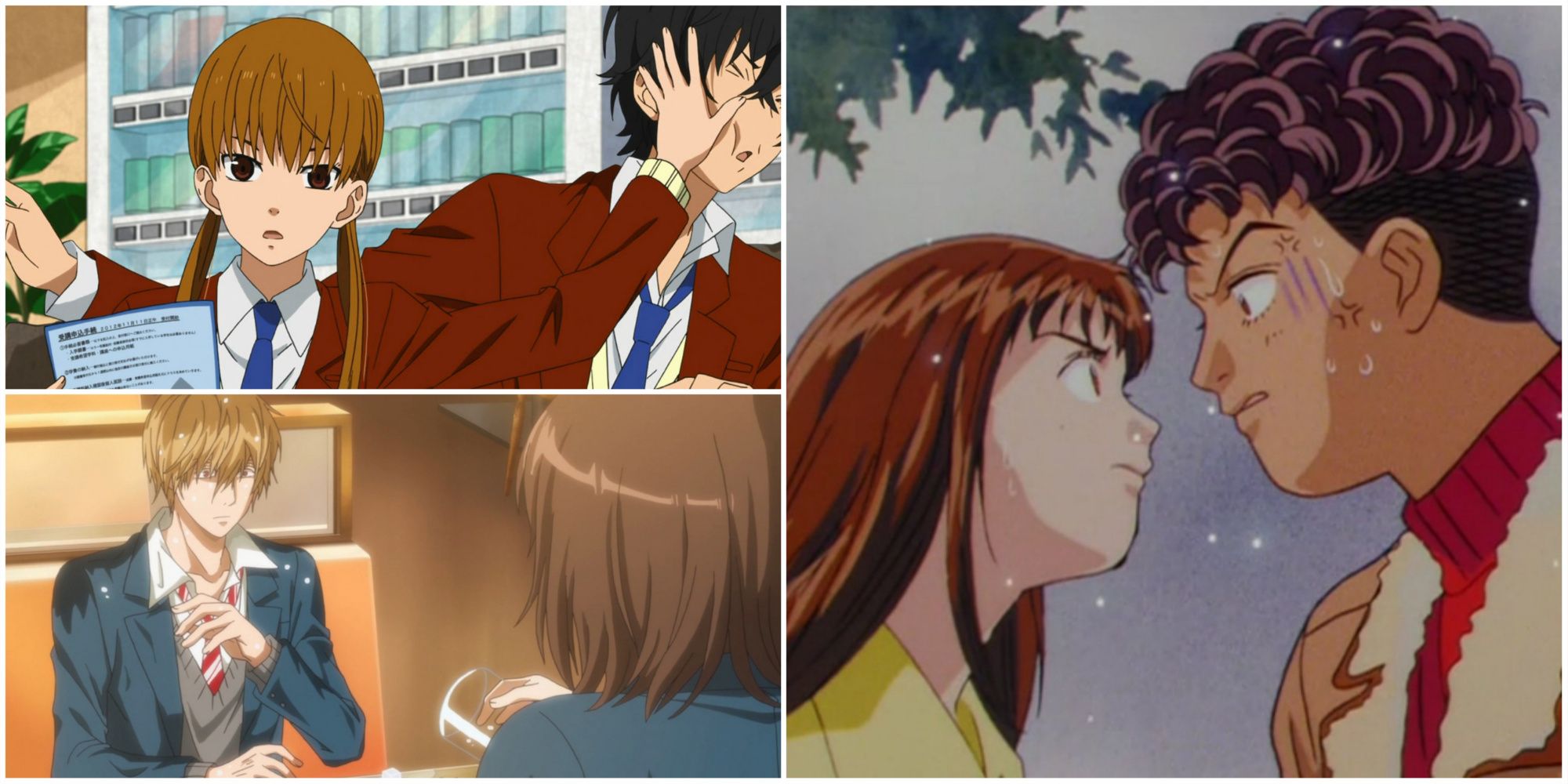
9 Romance Anime About Terrible Couples
These anime couples probably should have skipped the romance…
Blood on the Tracks twists the family dynamic as the lead character, Seiichi, is caught between escaping from or protecting his psychotic mother. Then The Flowers of Evil goes into horror territory as its leads gradually expose how violent and twisted they truly are as they navigate the depraved love triangle they’re stuck in.
1 Tomoki Izumi
Horrors In Plain Sight
- Debut: 2006
- Notable Works: Mieruko-chan, Gemini
Tomoki Izumi is one of the newer horror mangaka to make an impact, as he spent a good chunk of his career assisting other mangaka like ecchi illustrator Masuda Tsuyoshi. But things took a turn for him in 2018 when his webcomic about a girl who could see monsters began to catch on beyond his Twitter account.
Mieruko-chan was, in a way, a more passive take on his earlier story Gemini. In that story, a young girl in a gasmask had to fight off the horrors of a post-apocalyptic setting. In Mieruko-chan, Miko has to live her life as normally as possible in the real world, despite having the ability to see dead people and other deformities that others can’t. As much as she tries to ignore them, they’re more than willing to get her attention, and threaten her friends.
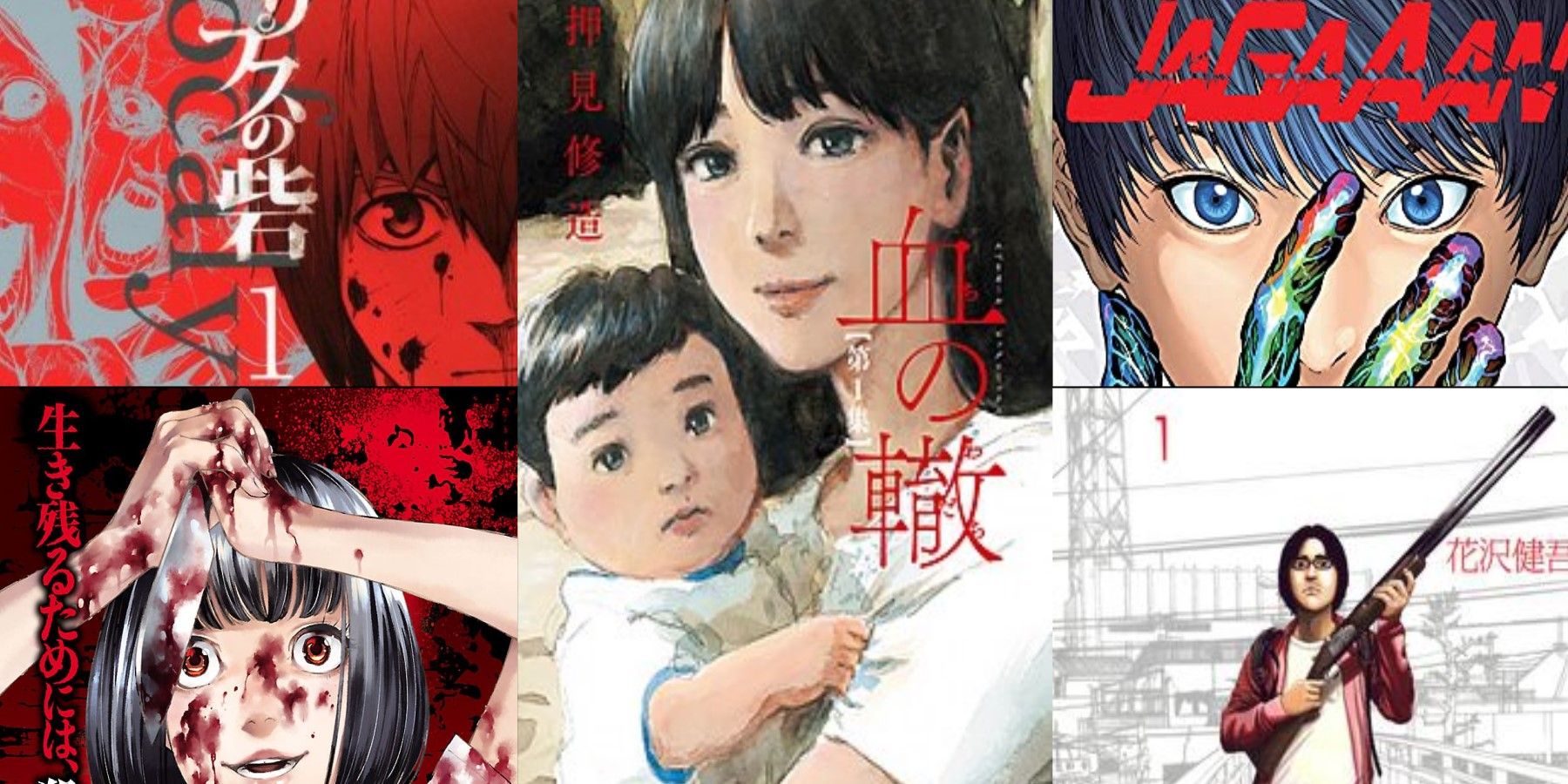
The Best Horror Manga With No Anime Adaptation
Having an anime adaptation is a huge milestone for any manga, but these great horror titles have yet to get one.


